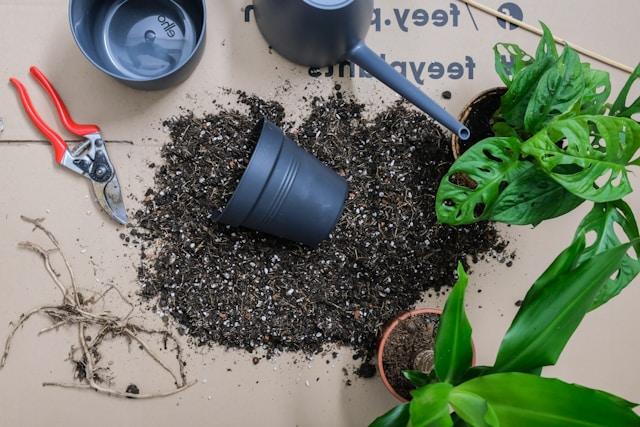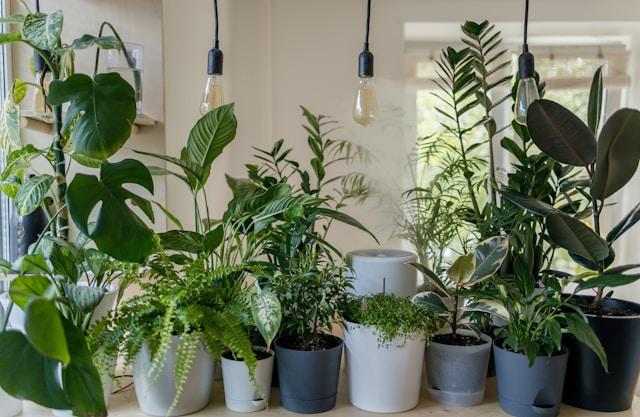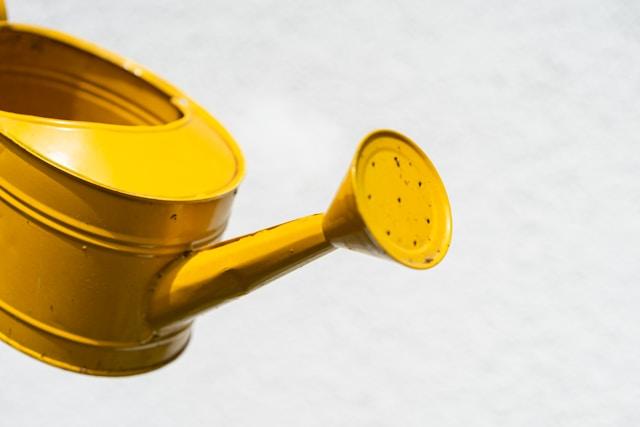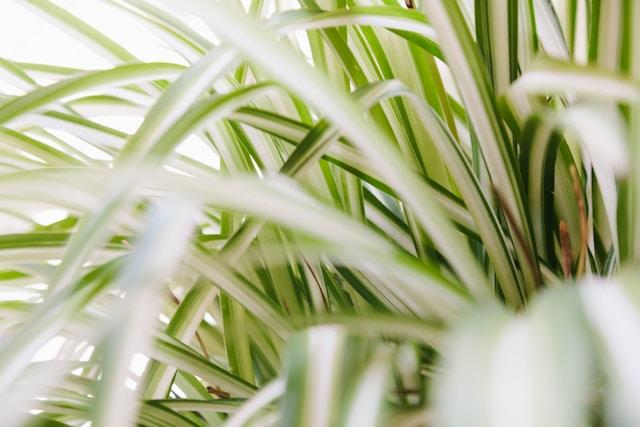
Moving to Chicago: Ultimate Guide for Living Expenses and Income
Moving to Chicago: Ultimate Guide for Living Expenses and Income Planning on Moving to Chicago. Remember Chicago is the Windy City. Known for its rich cultural heritage, world-famous deep-dish pizza, and a skyline that boasts some of the most iconic architecture in the U.S., Chicago is more than just a











